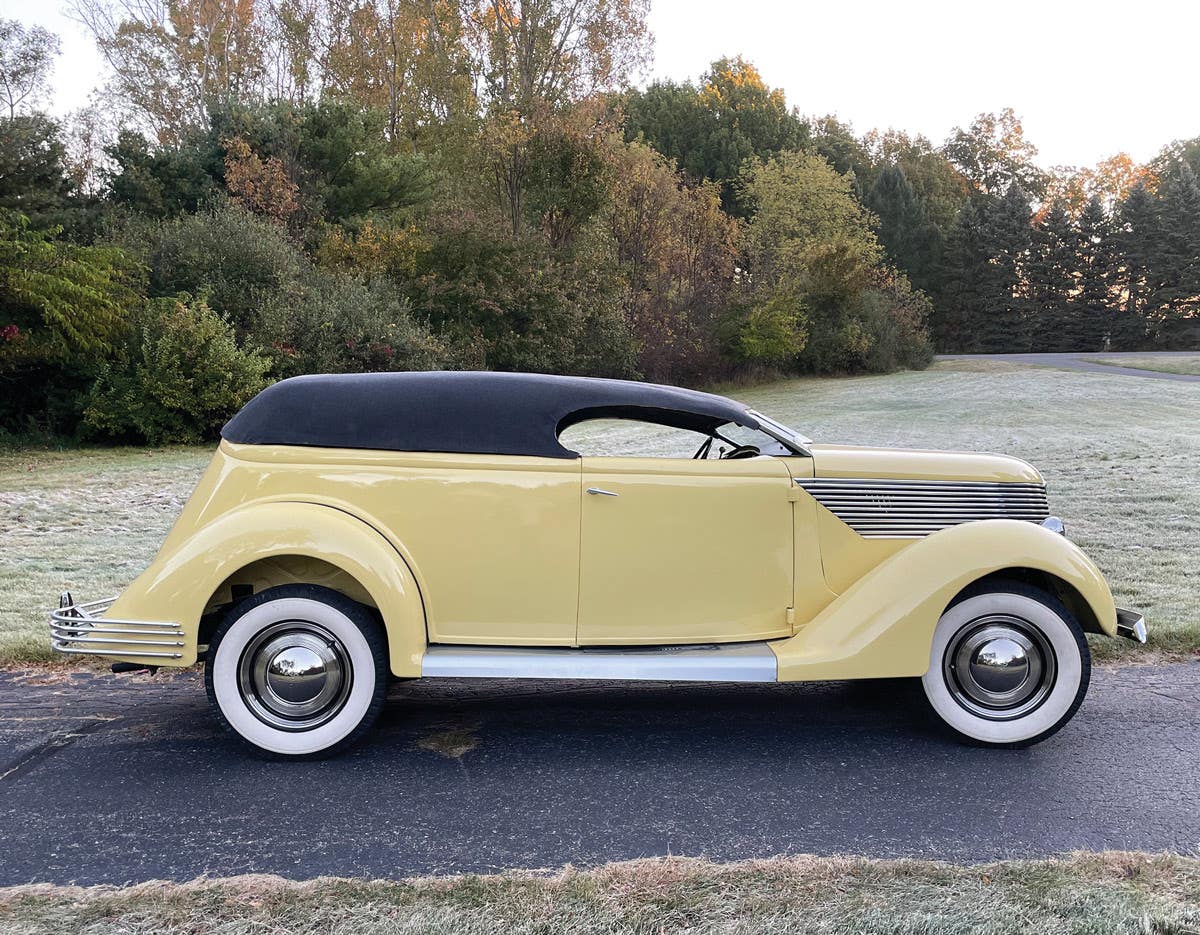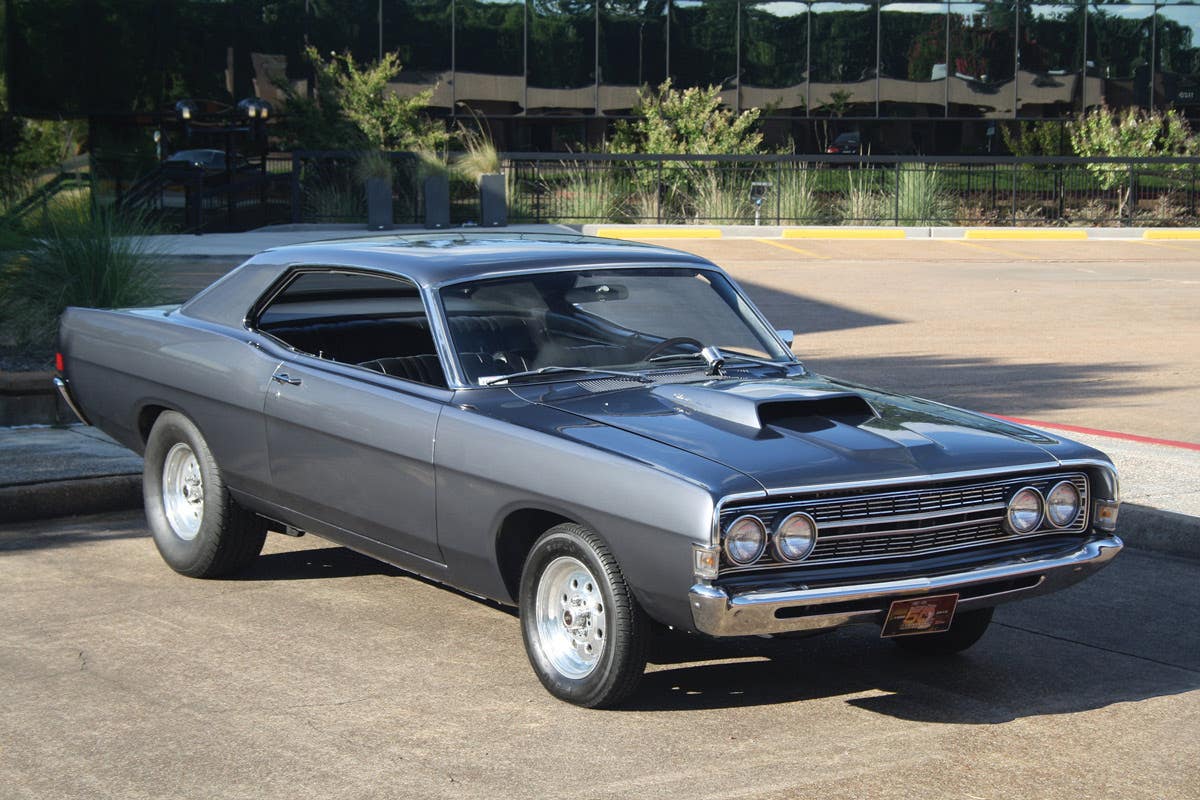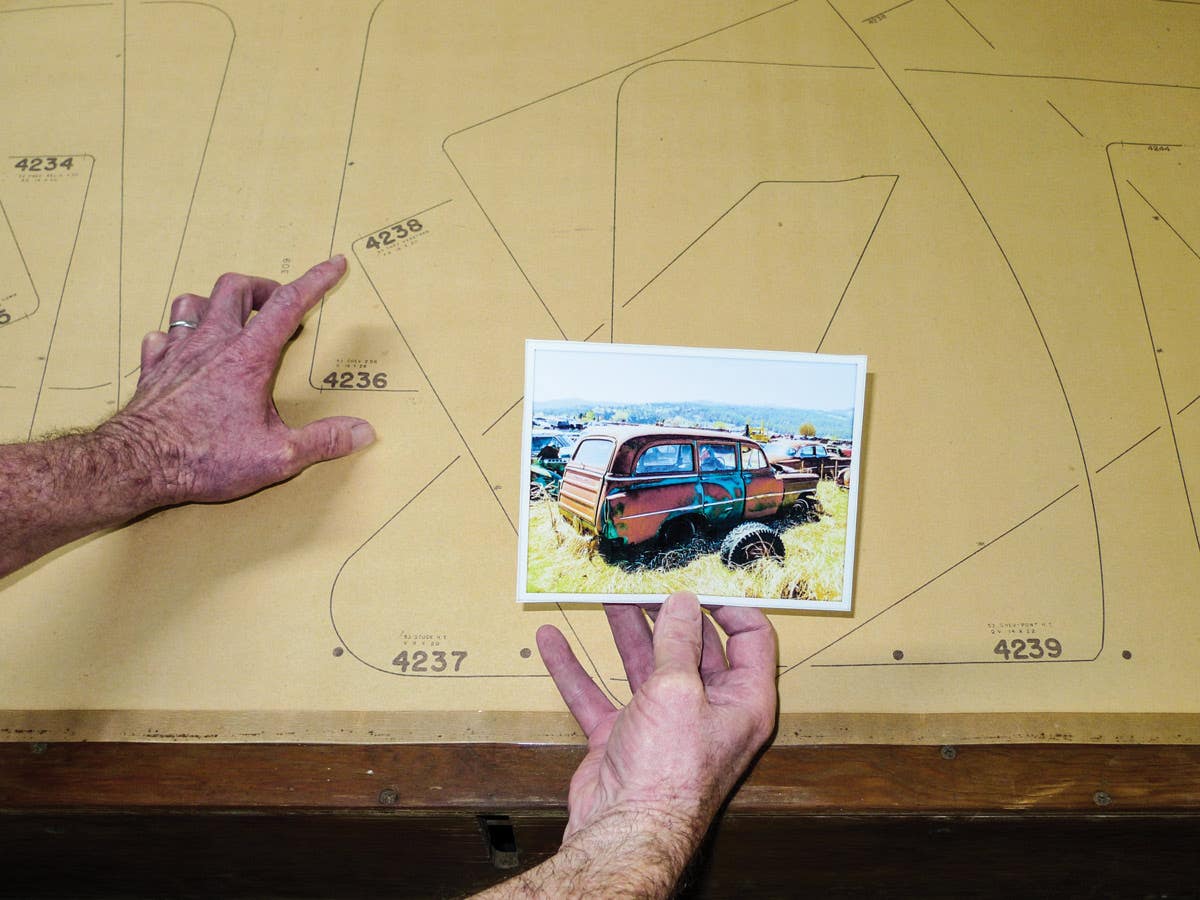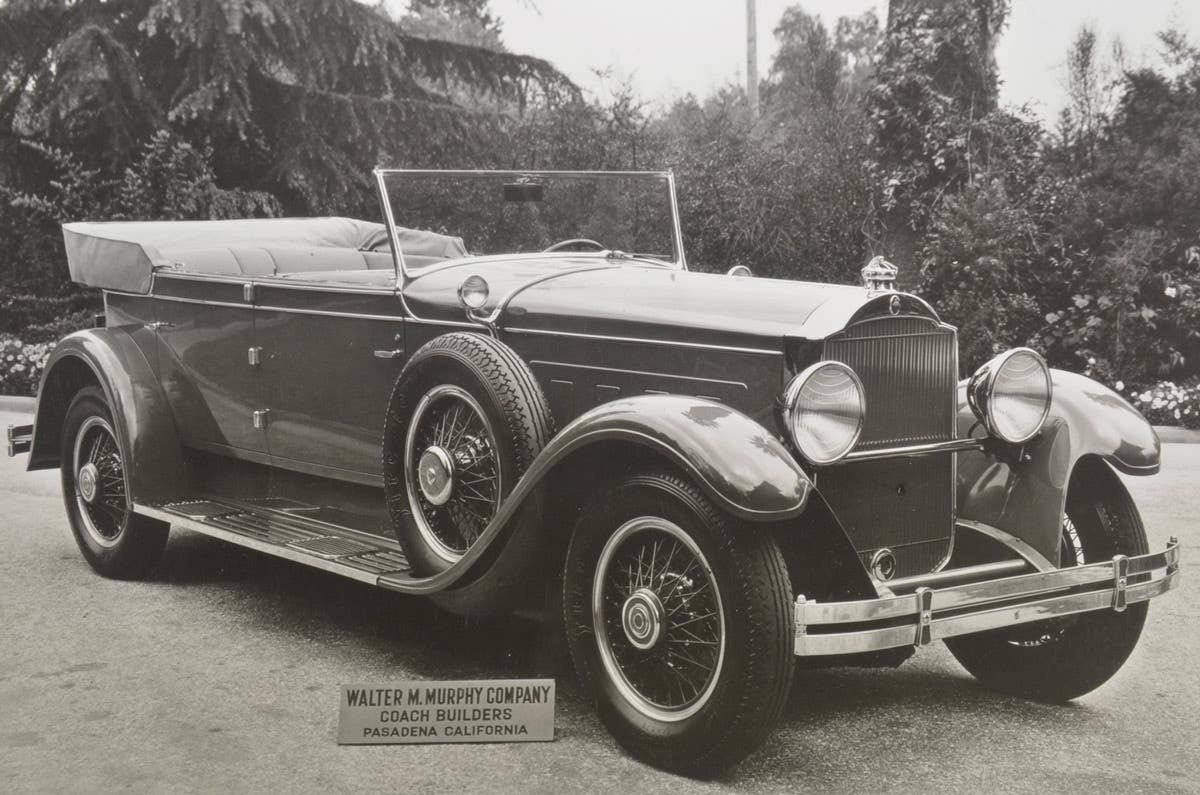Speedometer hits 110 — years, that is
Around it goes: Where the speedometer has been, and where it’s going BABENHAUSEN, Germany: According to Continental, the speedometer turns 110 years old in October 2012. On Oct. 7, 1902,…
Around it goes: Where the speedometer has been, and where it's going
BABENHAUSEN, Germany: According to Continental, the speedometer turns 110 years old in October 2012. On Oct. 7, 1902, engineer Otto Schulze registered the eddy-current speedometer at the Imperial Patent Office in Berlin.
His invention quickly spread through the global automotive industry. Speedometers are rev counters, which show the number of revolutions of the wheel or the gear shaft as a distance per unit of time.
"Nowadays, at a time when we travel at 100 km/h or faster on a daily basis, the idea behind the speedometer is even more relevant than when it was first invented, when most motorized vehicles had a top speed of just 30 km/h. The speedometer is necessary, because although humans with their vestibular system can perceive positive or negative
acceleration, they are not so perceptive at constant speeds," explains Eelco Spoelder,
head of the Instrumentation & Driver HMI business unit at Continental. "Anyone who, after driving on the highway for a while, has turned off into a 30 km/h zone and noticed how difficult it is to gauge the speed properly will be familiar with this," Spoelder adds.
From the first eddy-current speedometers to the instruments of today,
technology has made great progress. "The most noteworthy is the
development from the mechanical-electromagnetic function principle to
mechatronic or purely electronic systems," describes Spoelder. In Otto
Schulze's eddy-current speedometer, a flexible shaft transmits the number of
revolutions of the wheel or gear shaft to the speedometer and sets a
magnet in rotation there. This rotation generates eddy currents in a
metal disk, which is located over the magnet and is penetrated by its
magnetic field. The reaction between the magnetic field and the eddy
currents creates a torque which moves the disk in one direction. In
order for the instrument's indicator to show the correct speed value, a
calibrated spring holds the disk against the torque of the magnetic
field. Today, however, rev counters and speedometers are based on
electronics, from the sensors to the indicators.
"In most vehicles, the driving force behind the speedometer and rev counter needle is a stepper motor," says Spoelder. The stepper motor moves the speedometer needle
by a minimal angle (step) or by a multiple thereof. The smaller the step
length, the more precise the movement of the speedometer needle.
Microcontrollers convert the signals from the speed sensor on the wheel
into the necessary steps of the stepper motor.
The type of indication does not differ much from the first
speedometers 110 years ago, in terms of the main aspects. Even though
the first fully digital LCD display appeared in 1986 in the Volkswagen
Golf II GTI, drivers in the cockpits of most cars still look at a needle
that moves on a round scale and indicates the speed or number of revs.
"The fact that speedometers and rev counters are usually round is
largely for ergonomic reasons. Round instruments can be read
intuitively. The driver doesn't need to concentrate much, can focus
their attention on the road and still obtains the most important
information," says Spoelder. That is why instruments such as the
speedometer, the rev counter, the tank display and the most important
warning lights are all kept together within the driver's direct field of
vision (of around 30 degrees), usually in an instrument panel behind
the steering wheel. The instrument panel is supported by a heads-up
display, which shows driving-relevant information in the driver's direct
field of vision, as if floating above the hood. Displays such as the
radio, internal temperature or navigation, which are not of primary
relevance to the task of driving, are ultimately part of the
infotainment area and are available to the driver in the center console
display. However, there is a trend towards more infotainment in the
automotive industry, which is calling for new strategies.
"A strict separation between driving-relevant information in the instrument panel
and infotainment in the center console is almost no longer possible
today, when in addition to radio, navigation and cell phones we also
have the Internet coming into the car," says Spoelder. The more
infotainment available to the driver in the center console, the greater
the risk of visual distraction. To prevent this, Continental is
investing in a concept that displays the most important information in
the instrument panel, according to the situation, and thereby supports
the driver. This is made possible by ever better display technologies
and graphics processors. Mid-range and luxury vehicles in particular,
often have instrument panels designed for further information with a
mixture of analog instruments such as the speedometer and rev counter,
and screens. Special graphics processors today allow full-color animated
graphics to be displayed in the instrument panel. With today's graphics
processors, even fluid and delay-free animations already succeed in
fulfilling the special requirements in the vehicle. As such, full-color
displays can even perform the tasks of traditional analog instruments.
The entire instrument panel then consists of a single screen with a
diagonal measurement of up to 31 centimeters (12.3 inches).
"With a freely programmable instrument panel, the display possibilities are
virtually endless, like on a computer screen or television. An idea from
ergonomics plays a fundamental role in this: The larger the freely
definable area of the display, the better we can show content according
to the situation," explains Eelco Spoelder.
For example, the driver can determine whether assistance systems, such
as a Top View 360-degree view, go to the center of the display, if for
example they make a greater contribution to driving safety than
speedometers or rev counters in the given driving situation.
"The variability of future displays will allow ever more complex content to
be easily and comprehensively displayed in the vehicle of the future,"
says Spoelder.
Angelo Van Bogart is the editor of Old Cars magazine and wrote the column "Hot Wheels Hunting" for Toy Cars & Models magazine for several years. He has authored several books including "Hot Wheels 40 Years," "Hot Wheels Classics: The Redline Era" and "Cadillac: 100 Years of Innovation." His 2023 book "Inside the Duesenberg SSJ" is his latest. He can be reached at avanbogart@aimmedia.com








